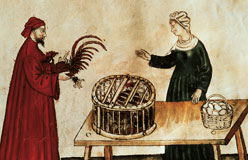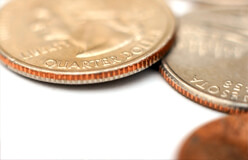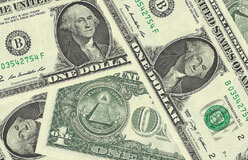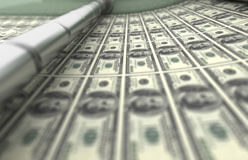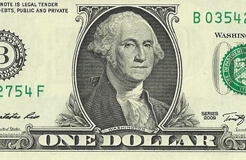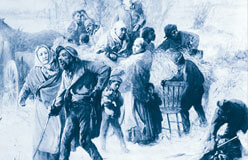All kinds of things can work as money. For instance, ancient Roman soldiers may have been paid partly in salt, back when salt was a rare commodity.
The English word salary comes from the Latin term salarius, “of salt.” Other strange things have worked as money, including shells, rocks, and cigarettes.
But most types of money have been made of precious metals. These metals are long lasting, considered beautiful, and are valuable beyond their use as money. Before 1900, the U.S. government backed up all paper money with gold or silver. In 1900, the Gold Standard Act was passed. For every paper dollar that existed, a certain amount of gold was kept in storage by the U.S. government. This was called the gold standard, and it linked the money supply to the amount of gold in the U.S. Treasury. The government said it would trade exactly 25.8 grains of 90 percent pure gold for one paper dollar.
Starting in 1933, the U.S. began moving away from the gold standard, which had greatly restricted the number of dollars available. Today’s dollars—like most currencies—are “fiat money.” That means they are backed only by people’s faith in the government.
